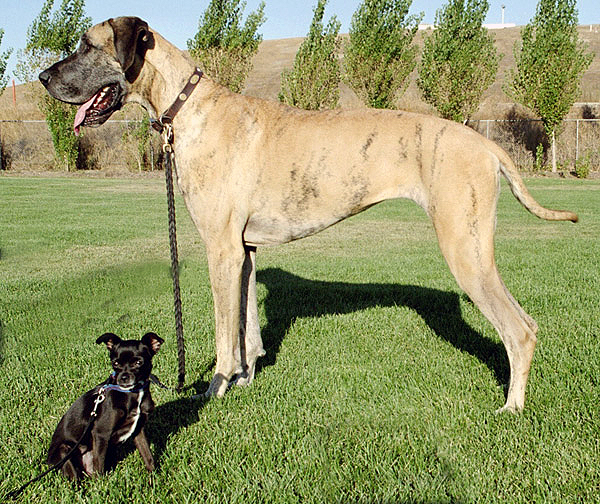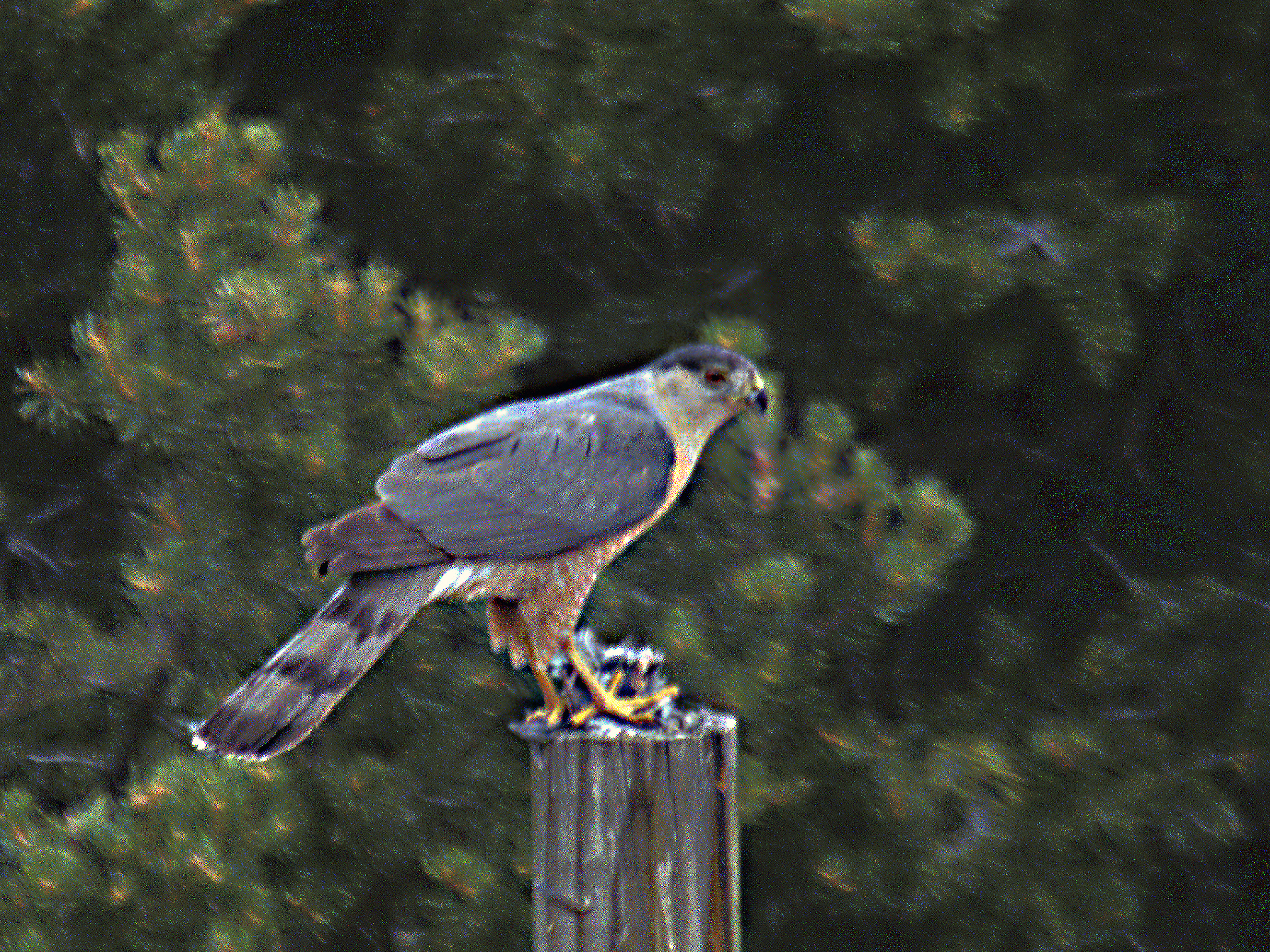Metaphor plays a number of roles in the scientific process, from facilitating exploration of newly-recognized phenomena, to grounding predictive models that aid in analysis, to transporting ideas among different scientific fields, and perhaps finally to public communication. When Charles Darwin wrote On the Origin of Species, metaphor had a central role in shaping his ideas about evolution by natural selection. He also was explicit about using metaphor to describe his theory.

Darwin used a number of different metaphors in his book for different aspects of his theory. Some of these metaphors took years to develop, and became central organizing ideas of his work. He used others more to ‘translate’ his ideas for the public consciousness. Howard Gruber lists five main metaphors in the Origin: artificial selection, wedges, war, a tree, and a tangled bank. Of these, the tree of life and warfare metaphors seem to be the two that are most widely referenced today.
Darwin used artificial selection– plant and animal breeding- to relate natural selection to a familiar process. In both types of selection, a population of organisms starts with genetic variation. In natural selection, limited resources and competition mean that only some of the organisms will survive to reproduce. In artificial selection, people pick organisms with desired traits to reproduce. This metaphor illustrates that selection can result in large changes in a population over time. One problem with this metaphor is that “selection” implies a “selector,” and natural selection happens largely via chance.

The wedge metaphor made it into the first edition of the Origin, but Darwin removed it from the second- so most people haven’t seen it. He says: “The face of Nature may be compared to a yielding surface, with ten thousand sharp wedges packed close together and driven inwards with incessant blows, sometimes one wedge being struck, and then another with greater force.” Wedges that stay in the yielding surface are species that survive, but to stick into the surface they presumably have to pop other wedges out.
While the wedge metaphor implies that competition is necessary for survival, the warfare metaphor makes this more explicit. For example, seedlings need to overcome “enemy” seedlings in a competition for space, and males compete for females in sexual selection. Today, the warfare metaphor is largely known by the phrase “survival of the fittest” (which didn’t actually appear in the first edition of Origin).
Darwin’s tree metaphor is probably his central organizing vision of evolution over time. From a single starting point, genetic changes in different populations send species down different evolutionary paths. Some of these “branches” survive, and split in turn to end off new branches. Other branches wither, and species become extinct. Over time, the single starting species gives rise to a multitude of different species, some persisting and some passing away. The metaphor of the “tree of life” is one that Darwin worked on for years and was never entirely satisfied with, but it’s a metaphor that still has a lot of resonance today.

While the tree of life represents the grand scope of evolution over time, the tangled bank illustrates the diversity of life that we can see all around us: “It is interesting to contemplate an entangled bank, clothed with many plants of many kinds, with birds singing on the bushes, with various insects flitting about, and with worms crawling through the damp earth, and to reflect that these elaborately constructed forms, so different from each other, and dependent on each other in so complex a manner, have all been produced by laws acting around us.” He uses the diverse “tangled bank” to illustrate how complexity can arise from the interaction of a few simple rules for natural selection. This is actually the final grand metaphor in the Origin, and in it he tries to provide readers with a vision of life’s diversity, underpinned by the common relationships of species.
References:
Darwin, Charles, and James T. Costa. The Annotated Origin: A Facsimile of the First Edition of On the Origin of Species. Cambridge, MA: Harvard, 2009. Print.
Gruber, Howard E. “Diverse Relations Between Psychology and Evolutionary Thought.” in Howard E. Gruber and Katja Bodeker (eds.) Creativity, Psychology and the History of Science, pp 167-191. New York: Springer, 2005. Print.
Edited 20 June 2011 to fix broken link.



